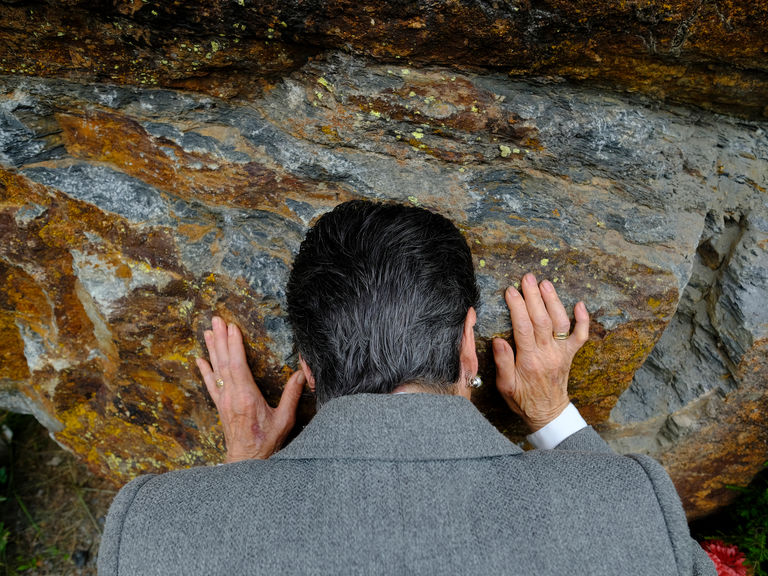Project Detail: RITUAL: ORIGEN
Contest:
Reportage and Documentary 2020
Brand:
LuganoPhotoDays
Author:
Roberto De la Torre Camiña
Status:
Selected
Project Info
RITUAL: ORIGEN
RITUAL: ORIGEN
In a religion, cults and beliefs are generally the concrete and palpable reflection of a mythology rooted in popular thought.
They constitute a language that defines and delimits the space of communication between men and their gods.
Mythology is the foundation, worship is the framework and ritual, the instrument.
The Celtic Culture worshiped sources, stones and mythical geographies, nature was its theological space: its deities were inherent to the natural environment.
After the disappearance of this culture with the arrival of the Romans, some of these sacred places were reinterpreted by Christianity, turning them into places of worship for their deities.
Invocations of the Virgin or local saints who conserved curative or preventive powers against certain ills using these practical mechanisms.
These rituals remain directly linked to these magical geographies, stones where Druid altars were established, places of worship for goddesses of nature, menhirs or waters of healing sources that were used by ancient sages as waters of power. Also to symbolic ritual acts such as passing through a certain narrow place, a rebirth.
Popular culture and the passing of the centuries have turned these places into places of faith closer to superstition than to Christian dogma.
The Galician territory is full of Christian sanctuaries settled in pre-Christian places of worship, linked to the Celtic settlements.
In my photographic work: RITUAL: ORIGEN I make an interpretation of the rituals where there are no faces, there are no portraits and therefore, there is no personal protagonist point in the images, denaturing the people who appear in them.
For me, the ritual transcends beyond the human and enters the magical terrain where the stone, the water and the environment link us to that nature where the human being, curiously, becomes denatured.
The ritual links us to the past, to nature: to the origin.
The work has been carried out entirely in Galicia, with a parallel work of anthropological research and with the documentary rigor of photographing the rituals on the day they are performed annually, real situations not posed, thus closing the circle: ritual-space-time.


















